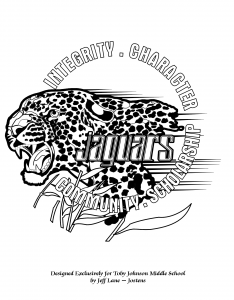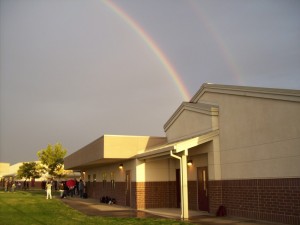In our class this past week, we learned some characteristics of the Southern part of our country during the 1800’s. The southern states’ economy was mainly agricultural, and the biggest cash crop was cotton. Growing and processing cotton was hard and required hours of labor, so plantation owners relied on slave labor in order to make a profit. Some northerners thought slavery was wrong and called for its abolition, or end.
At stations around the classroom, students read biographies of nine different historical figures, some well known, and some they’d never heard of. The students had three tasks, each involved critical thinking about the degrees of pro or anti-slavery attitudes and actions of the historical figures they studied.
Task 1) Discuss with your group whether the person was for or against slavery. Provide two pieces of evidence from the reading. Mark a spectrum line where you think this person would fall if one end of the line is “for” and the other end is labeled “against.”
Task 2) At table groups, create a single spectrum and place each person on that line. The important part of this task is the conversations students have. They should not only tell where they think the historical figure should be on the spectrum, but they should use evidence to persuade other students.
Task 3) The class creates a single spectrum line. Nine students hold placards with the names of each historical figure and stand in front of the class. Students shuffle the human spectrum line around by making suggestions and providing reasons. Not all students agree, and the discussion fosters real engagement. Take a look at our video, and you will hear some of the discussions during this activity.
What have you been learning about in your classroom?



